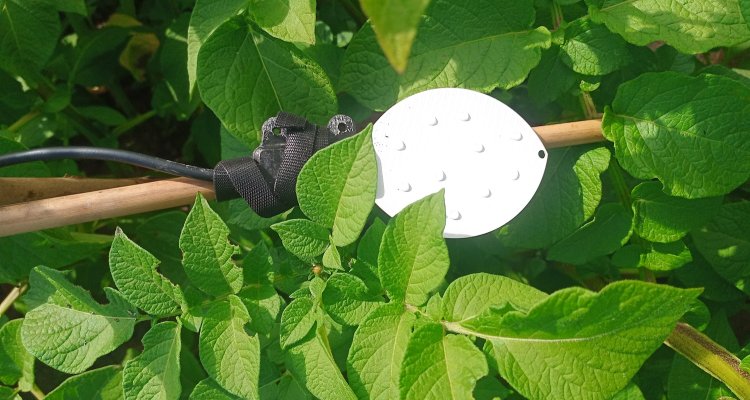
Project
Measuring leaf wetness in crop canopies
Leaf wetness is an important factors in the epidemiology of fungal pathogens. However, measuring leaf wetness can be difficult. Although sensor for measuring leaf wetness duration in crop canopies exists, after trying these sensors, we have some concerns about their consistency. In this thesis project, you will test these sensors, calibrate them, and assess their usefulness in application for measuring leaf wetness in crop canopies.
Project description
Leaf wetness is one of the most important factors in the epidemiology of fungal pathogens. Over the last decades, leaf wetness sensors have been developed to quantify the duration of wetness within plant canopies. The sensors detect the presence of water by measuring the dielectric constant of the sensor’s upper surface. However, after using these sensors in the field, we found that the response of various sensors was not equal. Especially the age of the sensors seemed to have an influence on the wetness duration returned, presumably because the upper layer of the sensor gets worn down with time. To be able to use the field data, we are looking for a way to calibrate these sensors.
In this project, you will research the leaf wetness
sensors. Different kinds of tests will have to be done with these sensors, to
get better inside into their workings. For example, a known amount of water can
be applied to them, to compare the leaf wetness duration they return. The
sensors can also be placed outside, to see how this will compare to less
controlled, outside conditions. More importantly, a technical way to analyse and calibrate the output of the sensors will have to be created. In the end, you will assess their usefulness in application for measuring leaf wetness in crop canopies to get insides into the conditions for disease development.